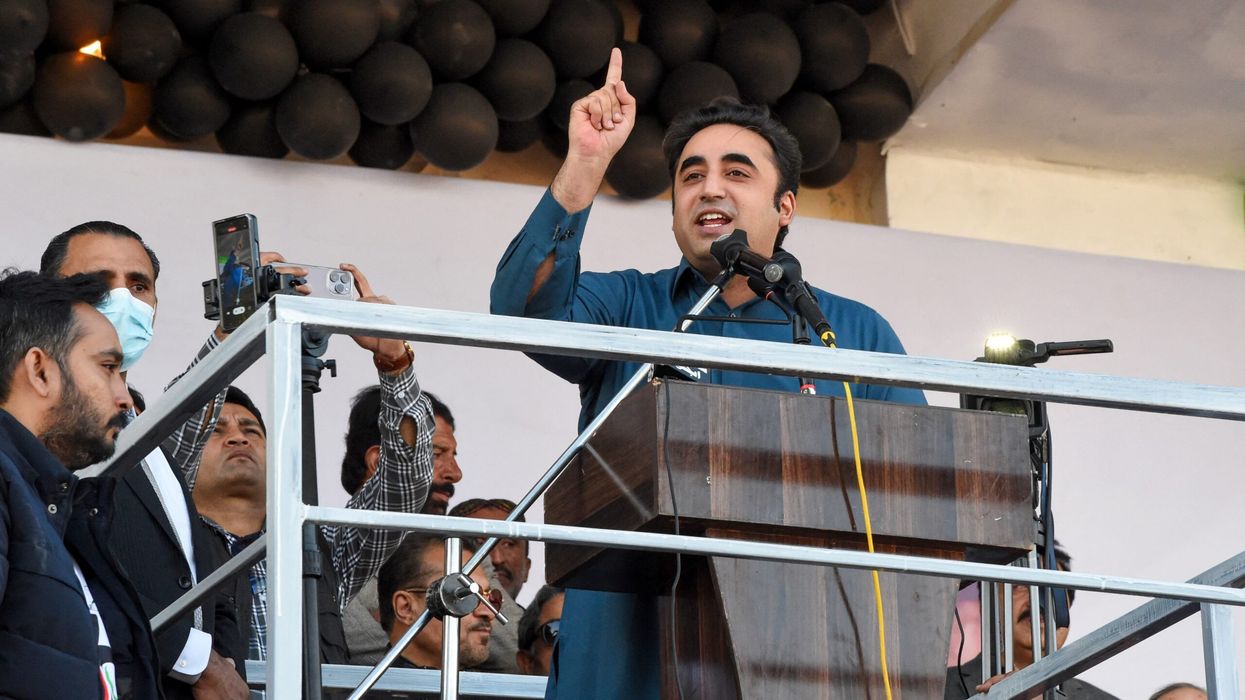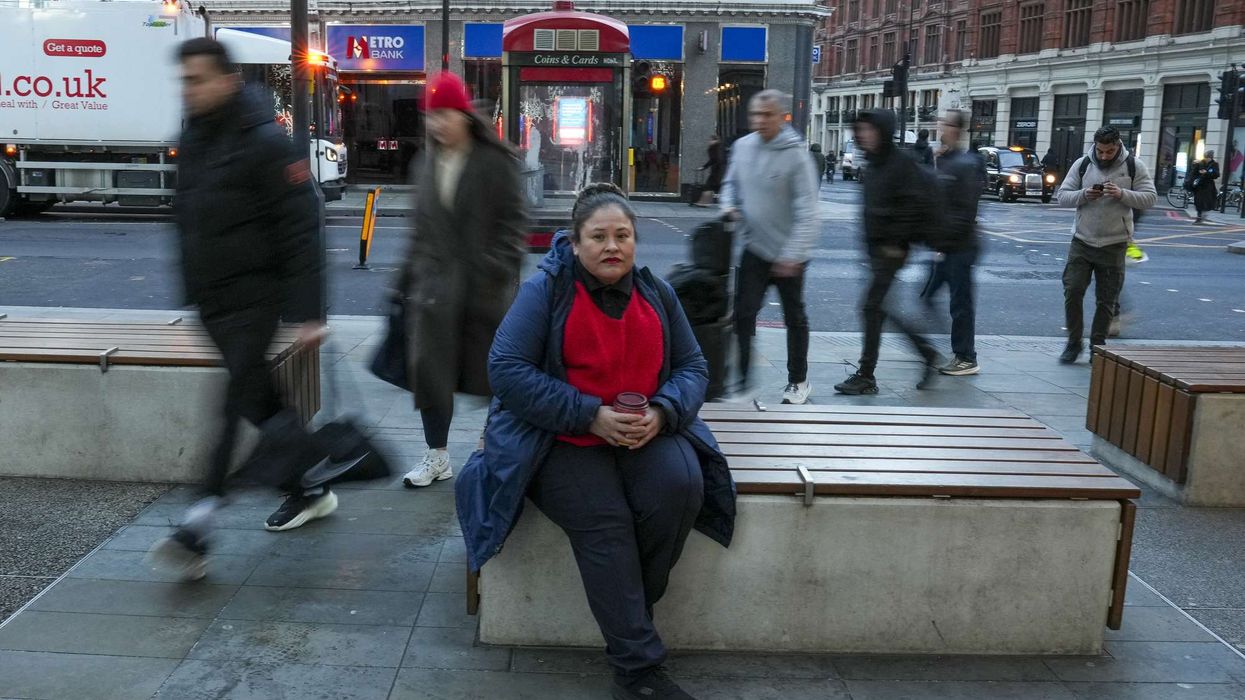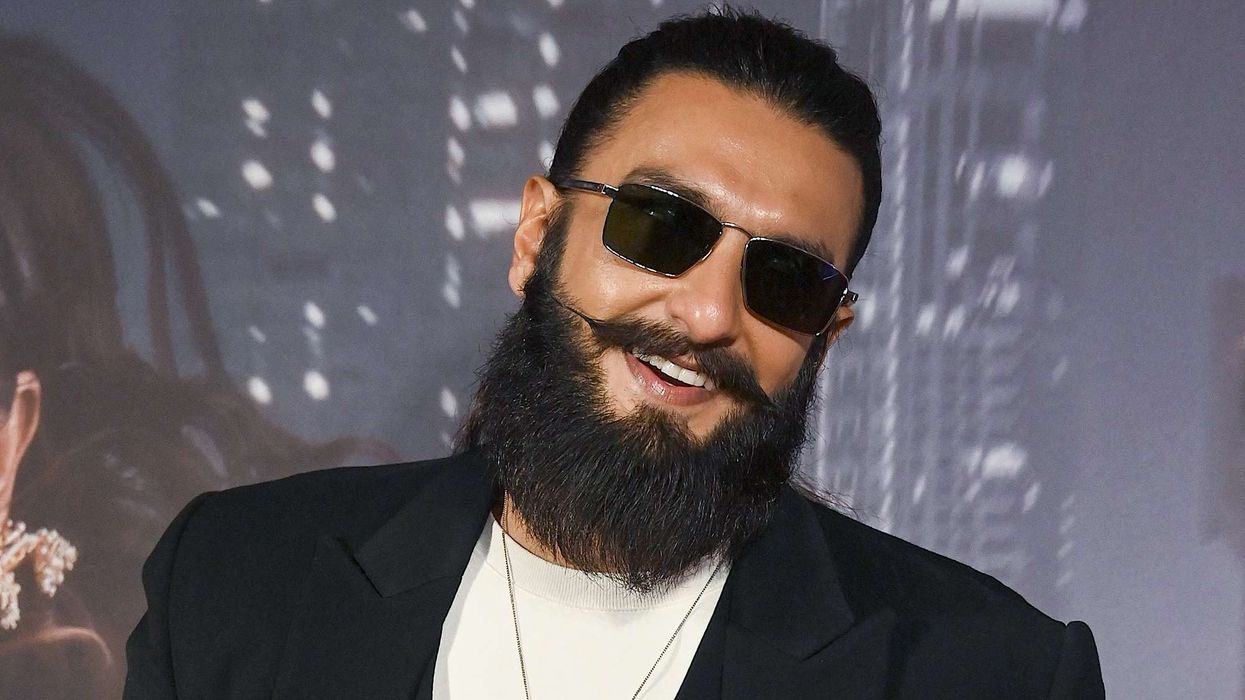Pakistan Peoples Party chairman Bilawal Bhutto Zardari on Tuesday withdrew from the race for the prime minister, saying that his party would support Pakistan Muslim League-Nawaz's candidate for the premier's slot without being part of the government.
The decision of Bilawal came hours after Pakistan's former prime minister Shehbaz Sharif on Tuesday reaffirmed that Pakistan Muslim League-Nawaz (PML-N) supremo Nawaz Sharif will become the prime minister for a record fourth time.
Addressing a press conference after the meeting of Pakistan Peoples Party's (PPP) high-powered Central Executive Committee (CEC), held under his leadership, Bilawal said that his party failed to get a mandate to form a government in the federation.
"Due to this, I will not be putting myself forward for the candidacy of the prime minister of Pakistan," he said, adding that the Pakistan Tehreek-i-Insaaf (PTI) had refused to form a coalition with the PPP which left the PML-N as the only party that had invited the PPP to join the government.
PTI founder Imran Khan on Tuesday dismissed the idea of forming a coalition government with any of the main political parties and termed them as the “biggest money launderers”.
While interacting with journalists at the high-security Adiala Jail in Rawalpindi, Khan said, “There can be no alliance with PML-N, PPP, and MQM,” he said, adding that he had directed PTI Information Secretary Raouf Hasan to bring together all parties except the three parties.
Bilawal said the PPP decided to support its rival PML-N's candidate for the premiership to ensure political instability in the country, according to a report by The News International website.
Bilawal said that the PPP decided to form a committee to engage with other political parties for the formation of government and political stability. "The PPP has decided that we are unable or not in a position to join the federal government ourselves, nor are we interested in taking ministries in such a setup. We also don't want to see political chaos in the country. We don't want to perpetuate the crisis in the country,” he said.
"PPP has decided that we ran this election on a manifesto based on issues of public importance […] we want to restore political stability and want to end this environment of political toxicity," he said.
Bilawal assured that the PPP would help to form a stable government without being part of it. “To that end, the PPP will be willing to support the case of important votes — a candidate of the PM of Pakistan — and issue to issue basis to ensure that the government is formed and political stability is restored,” Bilawal said.
Replying to a question, he said that his father and former president Asif Ali Zardari would be the candidate to become president as he was capable of getting the country out of the current problems.
To another question, he said that his experience with the PML-N in the previous government was not good and his party leaders in the meeting raised concerns that their issues were not addressed by the PML-N during the tenure of the coalition government.
Ruling out fresh elections due to the split mandate, he also declared that the parliament would be formed after the current elections and “we will not let the people down”.
Pakistani voters gave a fractured mandate in the results of the February 8 polls.
Independent candidates, mostly backed by jailed former prime minister Imran Khan's PTI party, won 101 seats in the 266-member National Assembly, followed by former three-time prime minister Nawaz Sharif's Pakistan Muslim League-Nawaz (PML-N) with 75 seats, and former foreign minister Bilawal Bhutto Zardari's Pakistan Peoples Party (PPP) with 54 seats.
Pakistan’s constitution dictates that political parties must form a government by February 29, or three weeks after election day.
PTI to stake claim
Meanwhile, a senior official of PTI has said it will use the platform of two rightwing religious parties in its bid to form government in the Centre as well as in the provinces of Punjab and Khyber-Pakhtunkhwa.
“Pakistan Tehreek-e-Insaf party has decided to join Majlis Wahdat-e-Muslimeen (MWM) to form the government in the Centre and Punjab and Jamaati-e-Islami (JI) in Khyber-Pakhtunkhwa,” PTI Information Secretary Hassan said while addressing a press conference.
Hassan said the PTI was redoubling its efforts to make government in the Centre and Punjab.
However, it is believed that by joining the two parties, the PTI will not be able to gather enough strength to form either the federal or provincial government in Punjab. PTI can form a government in Khyber Pakhtunkhwa even without the support of any other party.
Plea against Sharif dismissed
In a setback to PTI, a Pakistani court on Tuesday dismissed more than 30 petitions filed by Khan's party-backed independent candidates who challenged the "sham victory" of top PML-N leaders, including former prime minister Nawaz Sharif and his daughter Maryam Nawaz.
The Lahore High Court while dismissing the petitions asked the defeated Pakistan Tehreek-e-Insaf (PTI) party-backed candidates to move to the Election Commission of Pakistan (ECP) for redressal of their grievances, including alleged rigging of votes in the February 8 general elections. (PTI)












